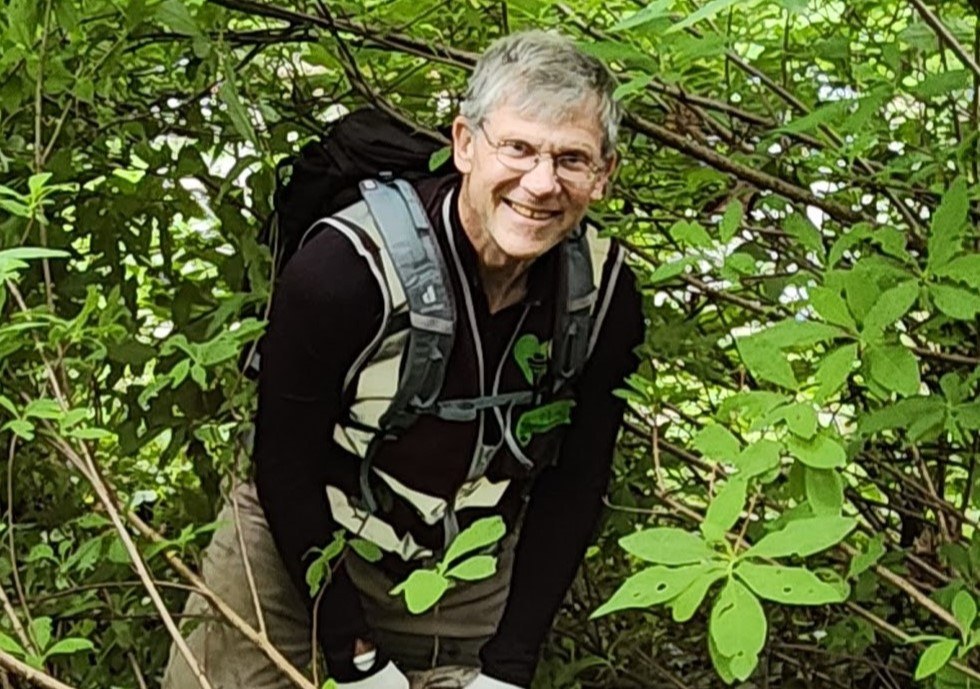
What we do out in the beauty of nature is not “safe” – every backcountry adventure involves some level of risk-mitigation. Reflecting on my time within The Mountaineers as Safety Committee Chair, I realize how valuable it is to document near misses, whether within your party or observed about another group.
I joined The Mountaineers in 2008, starting out as a scrambler and then joining the Navigation committee. I completed Wilderness Navigation, Wilderness First Aid, Alpine Scrambling, Basic and Intermediate Alpine Climbing, as well as Sailing and Sea Kayaking courses along the way. I’ve volunteered as a climbing, scrambling, and sailing leader and instructor, led many trips, and instructed many workshops, seminars, and field trips. I love getting outside in all the beautiful places of the Pacific Northwest.
Thankfully, I have not experienced serious injury during any Mountaineers activity, and more thankfully, no serious injuries have occurred on trips I led or field trips I instructed. After participating in hundreds of activities, I’ve submitted just one incident report for a minor sailing injury that could have been more significant if not for luck (I stood just a bit too close to the travel path of the boom and it grazed my eyebrow during a tack, resulting in a small bump and minor leakage).
Looking back, there are several occasions where I should have submitted “near miss” and “assisted other party” incident reports. I am not certain why I didn’t. Perhaps I was not as aware of incident reporting at the time, was too busy, or simply didn’t register that I should.
The two “near miss” events involved rock fall. After being dislodged by a trip participant, chest-sized blocks quickly gained speed and momentum and bounced directly over a crouching participant. The tumbling rocks would have caused catastrophic injury had they struck the participant. In one case I observed from above, heart-in-mouth, while the participant in the line of fire narrowly missed calamity, and in the other case, I was the one doing the crouching, and didn’t have time to think.
The two “assisted other party” events were both during rappels. In one case a pair of climbers was considering using a clothes line with no other gear to descend from the summit block of White Horse. In the other case, a pair of climbers got off route while rappelling from the West Ridge of Forbidden and was considering rappelling off a single small nut in a crack of questionable stability. I still shudder thinking about those incidents, as failure of their risky rappel setups would have undoubtedly resulted in fatality.
Risk is inherent in getting outside, and for many, their Mountaineers journeys expose them to increased risk over time, as increasingly challenging objectives have increased risk factors. We can manage risk with thorough planning, appropriate equipment, dedicated training, repetition of skills to obtain mastery, and ongoing physical conditioning. Remaining present and undistracted is critical during our activities, as is evaluating and re-evaluating terrain and tasks immediately before us as well as those coming up in the near term. We seek and incorporate into our evaluation process input and observations from other participants. We remain vigilant about changes in the environment, ready to constantly calibrate our plans.
Our paramount goals are to get home safe, maintain friendships, and achieve the objective (in that order). Should something happen to compromise the first goal, it should be documented so future recreators can integrate that information into their own risk-management practices.
If you haven’t met Bill as a member of the Safety Committee, perhaps you’ve encountered him in another of his roles! He’s a longtime volunteer (and former staff member) who has served the organization in many capacities. He served as the Seattle Navigation Committee Chair, staff Ops Director (2016-2019), Seattle Branch Chair (2020), and organization-wide Safety Chair (2021-2024). Most recently, he worked on the tenth edition of Freedom of the Hills and was responsible for revisions of the Risk Management chapter.
 Bill Ashby
Bill Ashby